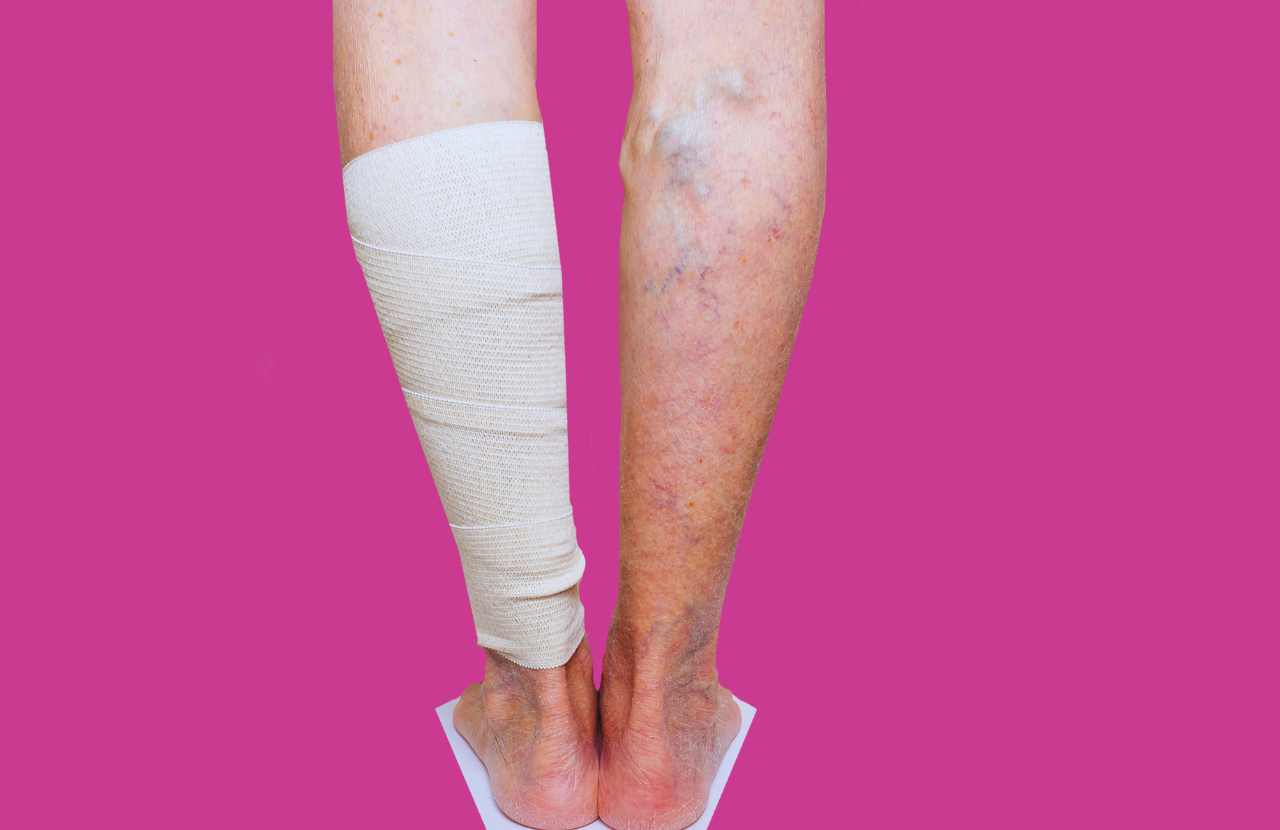“Why don’t we see varicose arteries?” This question often piques the interest of many curious minds. The human circulatory system, a marvel of nature, is known for its resilience and efficiency. It maintains a delicate balance, conducting life-sustaining oxygenated blood from the heart to all parts of the body through the arteries.
So, why don’t we see varicose arteries? The simple answer is that arteries have thicker, more elastic walls that are less prone to varicosities. Their high-pressure environment, a result of the force exerted by the heart, keeps the blood flowing smoothly, preventing pooling. Additionally, arteries benefit from the support of the muscular system, which aids in maintaining their structural integrity.
The absence of varicose arteries is a testament to the robustness of our circulatory system. While veins, subjected to lower pressures and less muscular support, might develop varicosities, arteries continue to do their job efficiently, withstanding the rigours of high-pressured blood flow. “Why don’t we see varicose arteries?” serves as a reminder of the meticulous design and astounding resilience of the human body.
Why Don’t we See Varicose Arteries?
The intricate design of our arteries avoids the development of varicose conditions. Arteries, which carry oxygenated blood from the heart to the rest of the body, are built to withstand high pressure. The walls of arteries are thick, made up of several layers of elastic and muscular tissues.
This sturdiness helps them maintain their shape and resist the inward pressure of the flowing blood, thereby preventing the formation of varicose arteries. Unlike veins, arteries don’t have valves that can fail and result in blood pooling and swelling.
Furthermore, the location of arteries also contributes towards their resilience against varicosities. Most arteries run deeper within the body, nestled within muscular tissue. When our muscles contract, they exert pressure on the arteries, aiding in the propulsion of blood and discouraging the formation of varicosities.
In essence, the absence of varicose arteries underscores the remarkable efficiency and impeccable design of our circulatory system, a system that continues to fascinate and inspire medical professionals and enthusiasts alike.
Why do we See Varicose Veins but not Varicose Arteries?
Varicose veins, unlike arteries, are often subjected to lower pressure and have to work against gravity to transport blood back to the heart. Unlike arteries, veins have thinner walls and valves to help achieve this uphill task.
However, these valves can sometimes fail, especially in the lower extremities of the body, like the legs. When these valves fail, blood can pool, causing the veins to swell and twist, resulting in the characteristic appearance of varicose veins.
The reason we don’t see varicose arteries is because the pressure in arteries is much higher, their walls are thicker and more muscular, and they don’t have valves that can fail. So, the occurrence of varicosities is predominantly a venous issue rather than an arterial one.
Can varicose veins not be visible?
Indeed, not all varicose veins are visible to the naked eye. These are known as “hidden” or “invisible” varicose veins, technically referred to as “Chronic Venous Insufficiency.” Such varicose veins exist deeper beneath the skin, making them difficult to detect without medical examination.
Despite their inconspicuous nature, they can still cause discomfort, including a sensation of heaviness, itching, or aching in the legs. It’s important to seek medical attention if you experience these symptoms, as hidden varicose veins can lead to serious complications if left untreated.
Final Words
In conclusion, understanding the differences between veins and arteries, and the unique challenges veins face in returning blood to the heart, helps to explain why varicose veins occur but varicose arteries do not. It also underscores the fact that varicose veins can be a hidden issue, residing deep beneath the skin and causing discomfort or potentially serious complications if left untreated. Therefore, it is crucial to seek medical attention if any symptoms suggestive of varicose veins are experienced. Ultimately, education, awareness, and prompt medical attention are our best defenses against varicose veins and their potential complications.

